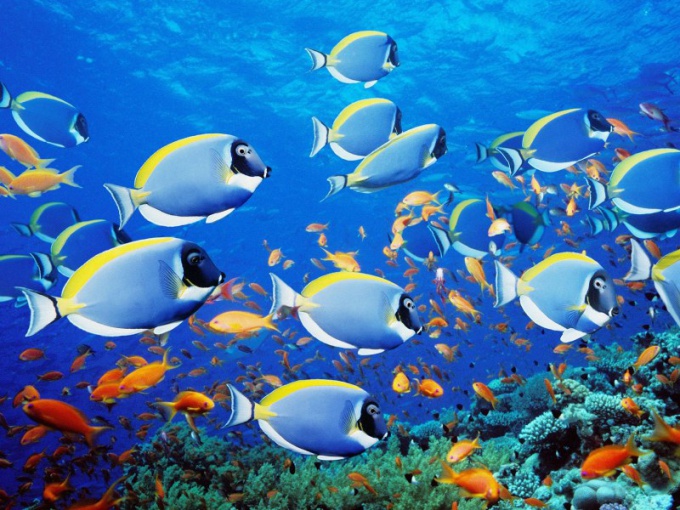Instruction
1
Many fish reproduce by means of spawning, but different types it's different. For example, this kind of as Catherine-gkranion come as close as possible to the shore and at high tide are almost naked sand, this wet sand they lay their eggs, after which it is fertilized by the males. From Katerina-gkranion the process of laying and fertilization of the spawn is very fast, because they have until the moment they catch up with the next wave. The fry hatch from the eggs very soon, and with the onset of high tide kids go into the ocean.
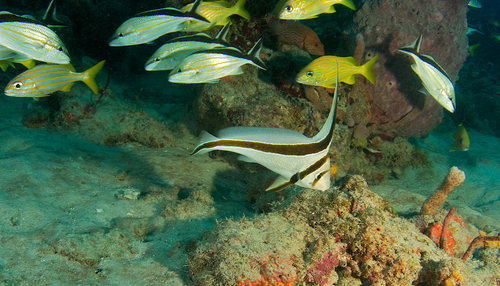
2
Red caviar of salmon fishes are valued as a tasty and healthy delicacy. Interestingly, salmonids for spawning migrate from salt water to freshwater. These fish work together in pairs. Male and female pre-dig a kind of nest on the bottom of the freshwater reservoir, at the same time they protect the vending area from the fish competing. A very important point for salmon is that the sex cells of both parents appeared in the water together, or fertilization will not occur. Many species of salmonids are capable of reproduction only once in a lifetime largely from the fact that just die after spawning. For example, as occurs with Pacific salmon.
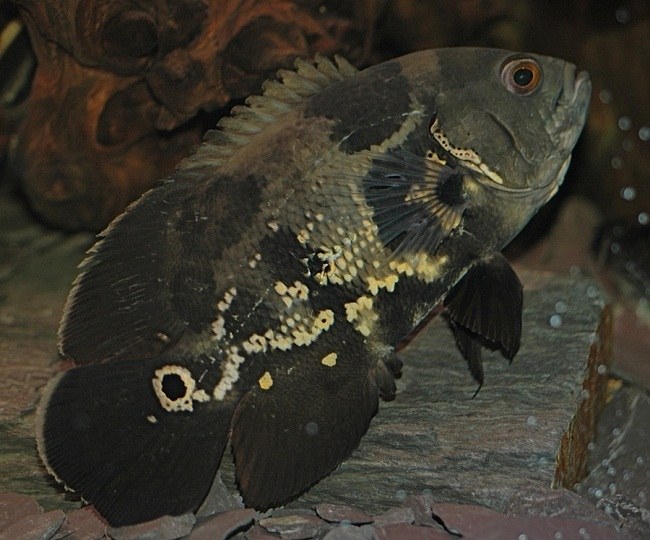
3
In nature, of course, there are viviparous species. They don't spawn, and give birth already fully formed offspring, the larvae, which can live and develop independently. One of the strange features of viviparous fish is that after throwing the fry the mother can eat her babies, she just can't distinguish them from the other food.
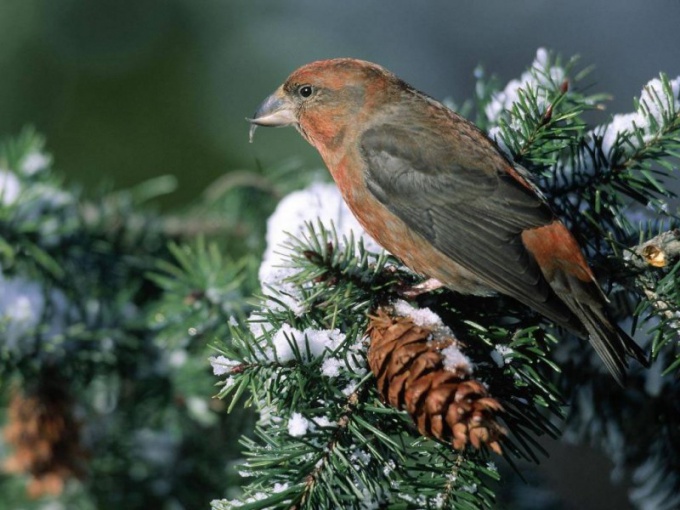
4
There are some species of viviparous fishes, in which the fry eat with mother. They are attached directly to her body. Other larvae hatch from eggs, but this happens inside the fish-mother just before birth. Some species of sharks - viviparous fish. Fans of the aquarium is well known for such live-bearing fish, like swordtails and guppies. This is a very unpretentious establishment is largely due to the fact that come to light in the form already adapted to the existence of fry.
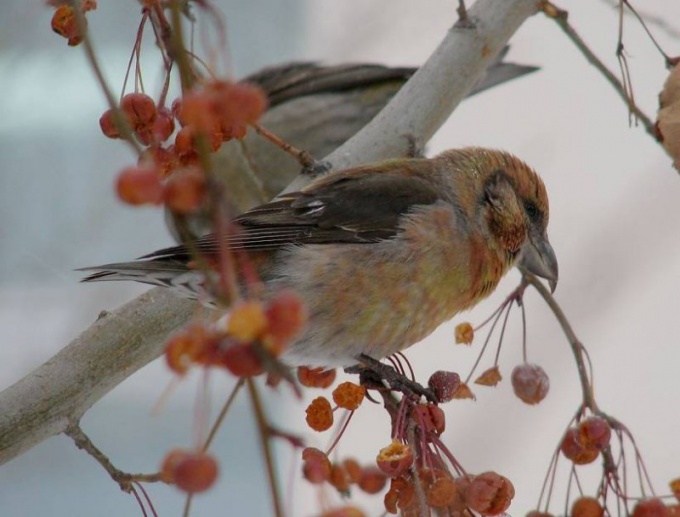
Useful advice
If you decide to breed guppies or swordtails, then be careful, the main issue may be the preservation of the offspring, because very often the fish eat some of their fry.
